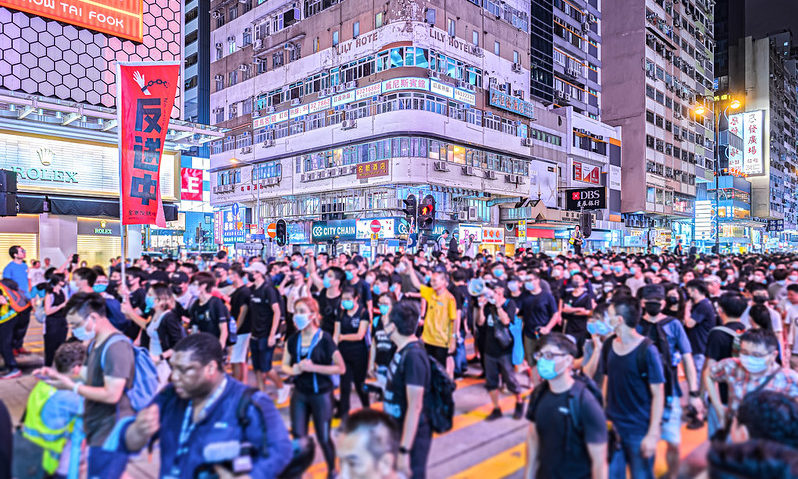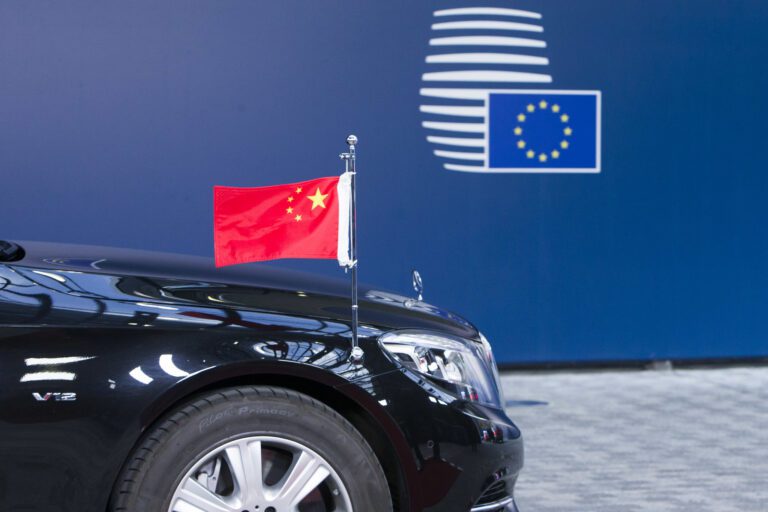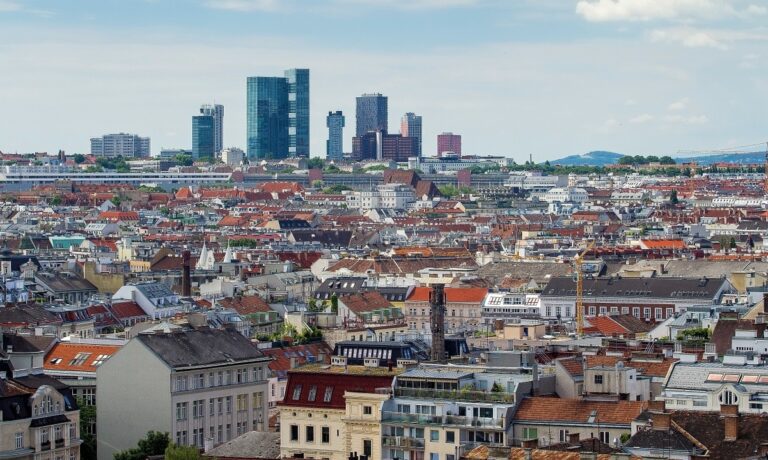
History is in the making on the streets of Hong Kong. Are we witnessing just another example of civil disobedience and popular demonstrations? Or perhaps this is another iteration of a ‘color revolution’, as the mainland media frequently claim?
Under the umbrella of the slogan ‘Liberate Hong Kong, revolution of our times’, local people want to go the Hong Kong Way. Even if they are mostly leaderless (however, Beijing has figured out the ‘gang of four’ as standing behind it), protesters have formulated five demands: formal withdrawal of the extradition bill which sparked the protests; amnesty for all those arrested protesting; the resumption of electoral reforms; an independent investigation into police conduct; and retraction of classification of protests as a ‘riot’. With the announced withdrawal of the law by Carrie Lam on September 4, only the first demand has been met, unlikely to placate the protesters and solve the wider issues that it ignited.
Hong Kong’s people realize that they are quickly losing their status and freedoms. When the former British colony became a Special Administrative Region (SAR) of the People’s Republic of China (PRC) it accounted for some 16,5 percent of Chinese GDP. Now it’s around 3 percent. This is an enormous loss of prestige and influence.
Hong Kong is now losing its status as a trade hub and pre-eminent financial center to Hong Kong. What’s more, the authorities in Beijing initiated a vision to build “the largest megalopolis on the globe”, of which Hong Kong would become just one district. The famous 55 km long bridge above the sea and huge subway investment sound the following reminder: the moment is coming that you, Hong Kong people, become part of a bigger megacity ‘with Chinese characteristics‘. Recently, Beijing has announced a new measure to create a “pilot project to demonstrate an area of socialism with Chinese characteristics” in Shenzhen. For Hong Kong, it’s another punishment for bad behavior in the troubled territory.
Meanwhile, the demonstrating youth in Hong Kong are not ready to become merely another free trade zone within a greater organism, like Shenzhen or Zhuhai. If that happens, the current SAR could lose its international flavor, cosmopolitan heritage and most of its freedoms, starting with the freedom of expression and the rule of law. So they are expressing their distrust in the mainland judicial system and, at the same time, their fear that Hong Kong could lose its unique status within the PRC much earlier than 2047, as was initially agreed during the Handover.
Both the younger generation and intellectual circles in Hong Kong are worried by the demands coming from the central leadership in Beijing under Xi Jinping. They don’t want to be part of an increasingly centralized and authoritarian China. They would like to keep their openness, and freedoms. For them, a serious erosion of their political and civil liberties is at stake.
From the outside, however, it must be kept in mind that since July 1997 Hong Kong has been a SAR and ‘a part of China’. This fact is repeated daily in official messages from Beijing. Hong Kong’s affairs are a Chinese problem to be resolved by the Chinese themselves. The West is observing the ongoing protests with sympathy, as it should, but must be cautious and restrained so as not to perpetuate the already volatile situation.
Until now Beijing has used strong vocabulary but remained restrained in action. The crucial reason is more than obvious: the stakes in Beijing are much higher than those in Hong Kong, where Chief Executive Carrie Lam and her whole administration are already a lame duck.
From Beijing’s perspective, above all, the will of the CCP has been openly challenged. Until now the Chinese leadership has been cautious and prudent, maintaining restraint but using a harsh tone in the media and state propaganda. Although not a primary concern, the demonstrators in Hong Kong, perhaps indirectly, are undermining both ‘the Chinese Dream’ and the ‘great rejuvenation of the Chinese nation’ formulations: the mantras so strongly supported by Xi Jinping which are emblematic of his administration. Both these visions are under enormous pressure now.
Taking a hard-line approach, like in the Spring of 1989, seems to be at hand. But the use of force and a tough stance is complicated because an election in Taiwan is approaching in January of 2020. Should China uphold the ‘one country, two systems’ scenario? Could they convince the Taiwanese to accept it? How can China ask for peaceful reunification with Taiwan after using non-peaceful methods in Hong Kong?
The Chinese leadership of ‘the fifth generation of leaders with Xi Jinping at the core’, to use official terminology, is now at a crossroads. They face a paradoxical situation comparable to the period after the collapse of the USSR when the CCP leadership was confronted with the following problem: how to adapt to new circumstances and challenges; how to change everything without changing anything? That is, how to deal effectively with tough solutions while simultaneously avoiding undermining power and maintaining full control? Which strategy won’t backfire?
A violent crackdown, openly suggested by many in China and expected with fear in the West, with ominous signs of large deployments of security and police forces just across the border in Shenzhen, doesn’t appear to be the right solution. Lessons from Tiananmen have been learned. Beijing knows perfectly well that a hard-line response could be effective in the short term but could be disastrous down the road, especially in terms of global relationships where trade wars are already on the agenda and escalating.
Despite Carrie Lam’s announcement in early September of withdrawing the extradition bill, Beijing remains defiant and unwilling to fully appease the Hong Kong protesters, whose concerns go far beyond the bill itself. A substantial retreat is out of the question for cultural reasons of losing face and, especially, for political reasons: giving in would be an unheard-of course of action for a hard-line authoritarian government.
How can Beijing soften their stance and bring about an effective solution when they have been posturing with increasing toughness up to now? How can they allow any move toward decentralization in the era of one-man rule, centralization, and concentration of power recently observable in the PRC?
Hong Kong has become a test of leadership skills for Xi Jinping. The Chinese Dream and the idea of a renaissance of Chinese greatness and power is at stake. In the early 1990s, Deng Xiaoping was imaginative and creative, but—it should be remembered—also a hardliner. Is Xi Jinping ready to follow in the footsteps of a previous visionary leader of China in order to restore normalcy to a city immersed in unrest and almost daily large-scale demonstrations?
Tough choices are in front of the PRC, which will soon turn 70, the CCP, and their leader. How can they merrily celebrate when one of the key entities of the body is in a state of fever? How can they bring an end to the disruption without causing bodily harm?
Written by
Bogdan Góralczyk
b_goralczykProfessor Bogdan J. Góralczyk is a political scientist and sinologist. He currently serves as the director of the Centre for Europe at the University of Warsaw. He is the former Ambassador of Poland to Thailand and head of the Polish diplomatic missions to Burma and the Philippines.


